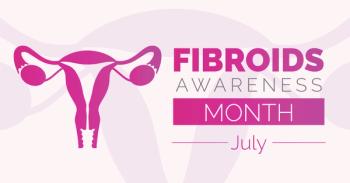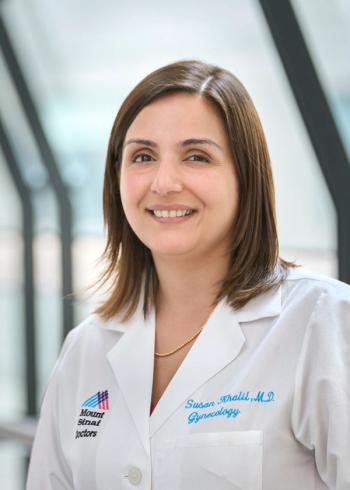
Goals of Therapy for Uterine Fibroids
Experts in gynecology discuss factors to consider when approaching the treatment of patients with uterine fibroids and discuss the importance of shared decision-making.
Episodes in this series

Mauricio Abrão, MD: How do you determine the goals of treatment for fibroids? What factors shape treatment goals? For example, do you think that the approach changes if the patient is asymptomatic or symptomatic? Let me know your thoughts about this.
Jessica A. Shepherd, MD, MBA, FACOG: I try to proceed with their journey, goals, and quality of life first. I always like to hear the story behind what they’re feeling and mirror that with the symptoms that they have. From there, I offer everyone everything that could be in their case. Even if there are some treatments that they’ve heard of but aren’t necessarily a part of my practice, I always make sure that’s still a part of the conversation. If that requires me sending them to someone who does that treatment management, such as a more surgical approach that I may not do, I’m always open to do that as well. We have to share a friendlier approach to make sure our patients get to the provider and clinician they need for something we’re not able to offer.
Then I always want them to understand that there’s a medical portion of that, a surgical portion. There’s also a difference in the intensity of what they can choose from a surgical approach. There’s always a stair-step approach to the management goals and treatments of uterine fibroids. There are people who haven’t heard of some of the options that we’ll probably discuss today, but whatever they choose doesn’t have to be the only thing they choose. Granted, if they chose a hysterectomy, there isn’t much to do after that treatment option. However, there are other options that patients can choose that doesn’t necessitate that that’s the end of the road for them.
Mauricio Abrão, MD: This is crucial for us to discuss with the patients. Part of this discussion comes with some tips that we have for talking to patients about treatment. This is relevant. I want to hear your thoughts on what tips you consider relevant for us to discuss with patients and to define the best treatment for them.
Jessica A. Shepherd, MD, MBA, FACOG: I like to ask them, “How do fibroids impact you in your daily life?” I’ve heard people say, “It really interferes with my social life. Because of my period, I bleed so heavy,” or, “I feel so horrible that I’m not able to do family events or activities, go out with my friends, travel, etc.” I look at it from that approach and say, “If bleeding might be your main issue, or if you have bulk symptoms, if that’s the 1 thing that impacts you the most, let’s work from that approach.” Also helping people understand surgery from a minimally invasive approach—which I love, being a minimally invasive gynecologist—allowing them to see how far we’ve come with surgical approach and how we’re able to take something very large out of a very small incision and its impact on their recovery.
As we noted before, fibroids impact Black women much more than any other race of women. When we think of quality-of-life impact, particularly for patients who don’t necessarily have the time to take off or someone to take care of their household or their families, when something may need to be done invasively, such as surgery, giving them the minimum amount of recovery time is very important to me.
When we think of the advances we’ve made in minimally invasive gynecology and from a medical approach, we have so much more to offer to our patients. That’s why I’m hoping that this discussion will allow people to understand that even if it’s something you may not be able to give your patient from the perspective of surgical experience or understanding a new technology or medications, you can allow your patient to get to someone who may be able to provide that for them.
Transcript Edited for Clarity
Newsletter
Get the latest clinical updates, case studies, and expert commentary in obstetric and gynecologic care. Sign up now to stay informed.













